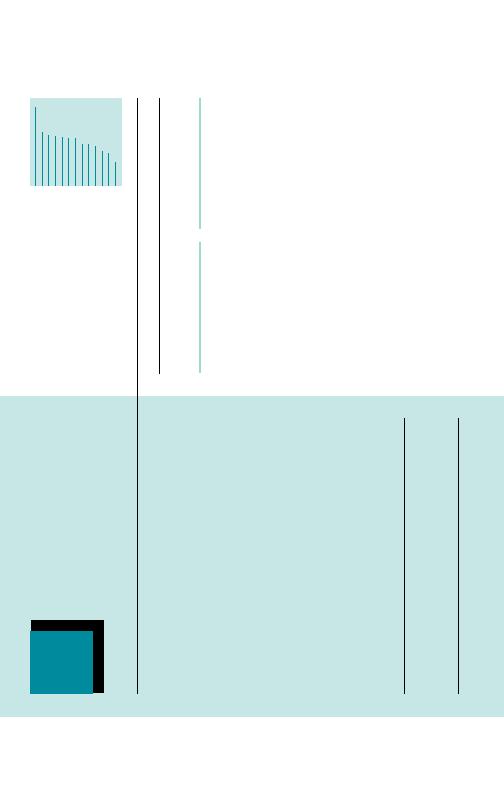
and support their success as scholars
and teachers.
A.
Professorships" (junior faculty).
cooperation.
A.
schools easier to cross.
"free trade" policy.
2. Develop critical areas of intellectual
globalization of space exploration; cultural
representation; sustainability and the
environment; energy; religion and its role
in politics; diversity and social justice.
applied Linguistics, history of Science,
Public health, and Sociology.
disciplines and schools. Examples are Social
Sciences and Law; art history and the Fox
School; Natural Sciences and Engineering/
medicine; Basic Sciences and medicine.
rESEarCh, aND SChOLarShIP
with our students. any plan we create focuses on them. attracting the very best faculty
is one of the most significant challenges we face in the competitive world of elite insti-
tutions of higher education. at the same time, a challenge and an opportunity resulting
from Washington University's reputation is that our faculty are increasingly attractive
to other institutions. Besides recruitment, retention is critical to our success. We must
respond to these challenges with superior levels of resources to support the academic
mission of the University.
both undergraduate and graduate research and education, meet student expectations
for smaller class sizes and a larger selection of courses, and provide closer collabora-
tion between students and faculty. We would also remedy a competitive disadvantage
because our faculty is currently smaller than virtually all the Universities with
which we compete and would have an especially big impact in attracting gradu-
ate students. Growing the size of our faculty will allow departments to offer more
research expertise, affecting faculty recruitment and departmental reputation, two
major influences in external rankings. these new faculty would provide the new
resources to compete with the very best departments in the country.
our teaching and to advance our research profile.